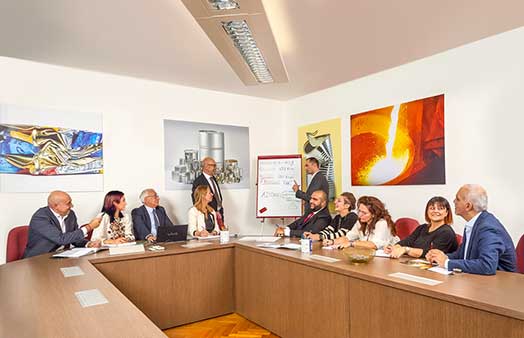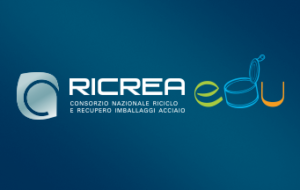The main activity of the National Steel Consortium is to prevent, promote and facilitate the collection and recycling of used steel packaging coming from domestic or industrial users. In particular, RICREA carries out the following institutional activities throughout Italy: raising awareness among users of steel packaging, verifying the collection flows of steel packaging, ensuring that the collected material is recycled.
The results achieved by the CONAI system and supply chain consortia show continuous progress every year. In terms of steel packaging, RICREA has abundantly exceeded the legal objectives for several years, achieving 72% of packaging recovered out of the total released for consumption in 2021.
However, improvement in the capacity to intercept packaging waste and to send it for recycling does not always compensate for the growth in volumes of packaging released for use. It is therefore necessary to develop a system that can reduce the quantities of packaging produced, preventing it from becoming waste. This need is increasingly evident.
But prevention also means reducing the environmental impact deriving from the processes used to create the products.
Indeed, the law provides that: “waste management must be carried out according to the principles of precaution, prevention, proportionality, accountability and cooperation among all the subjects involved in the production, distribution, use and consumption of the goods that give rise to waste.” (art.178 of Italian Legislative Decree 152/06).








